Alma Allen’s biomorphic sculptures have minds of their own
In a bold takeover of Kasmin’s gallery and sculpture garden in New York, American artist Alma Allen introduces his latest series of curious creatures in bronze
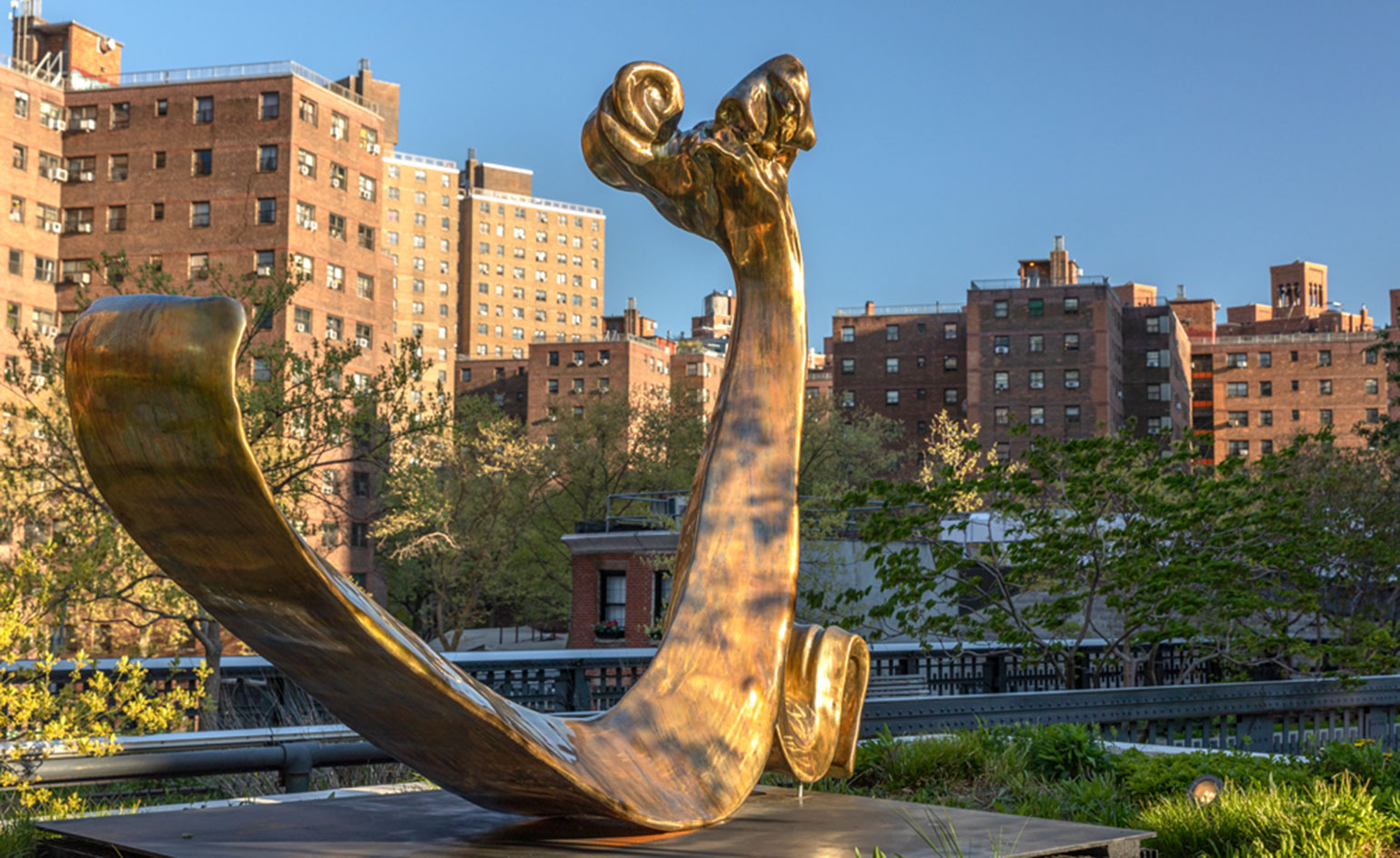
If you didn’t know they were rendered in static bronze, you might be mistaken for thinking that Alma Allen’s sculptures were alive. Imbued with organic, surreal and creature-like characteristics, they appear to be growing or evolving; blink and you might find them somewhere else.
Allen’s biomorphic sculptures can currently be found both indoors and outdoors at Kasmin, New York. In the gallery’s 514 West 28th Street location, Allen is presenting more than 20 small-scale bronzes. Hyper-polished almost to the point of liquidity, these works are both lifeforms in their own right and proposals for future large-scale works. Atop Kasmin’s elevated and newly rewilded urban garden, the artist’s monumental outdoor sculptures can be experienced by all those who walk the adjacent New York High Line.
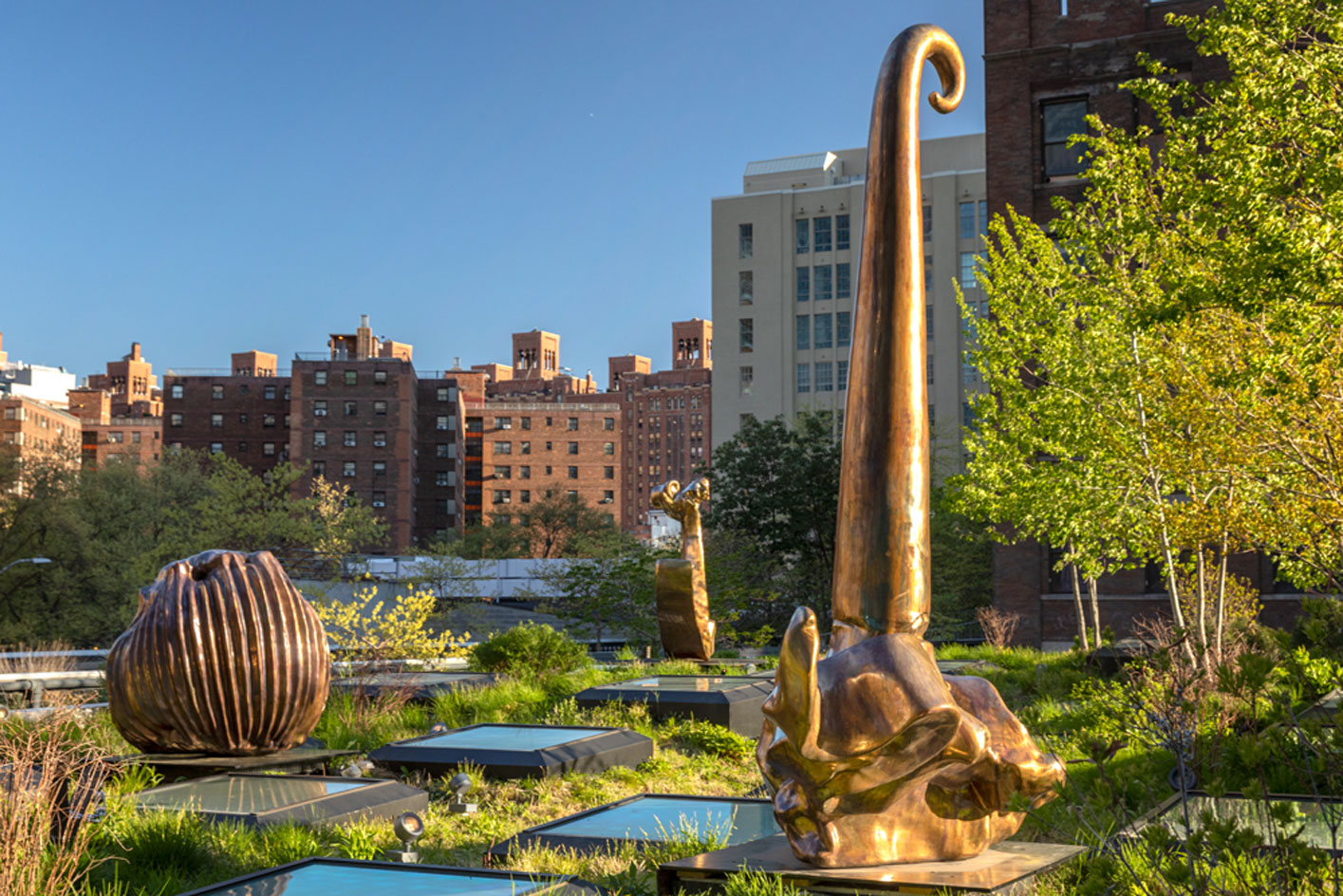
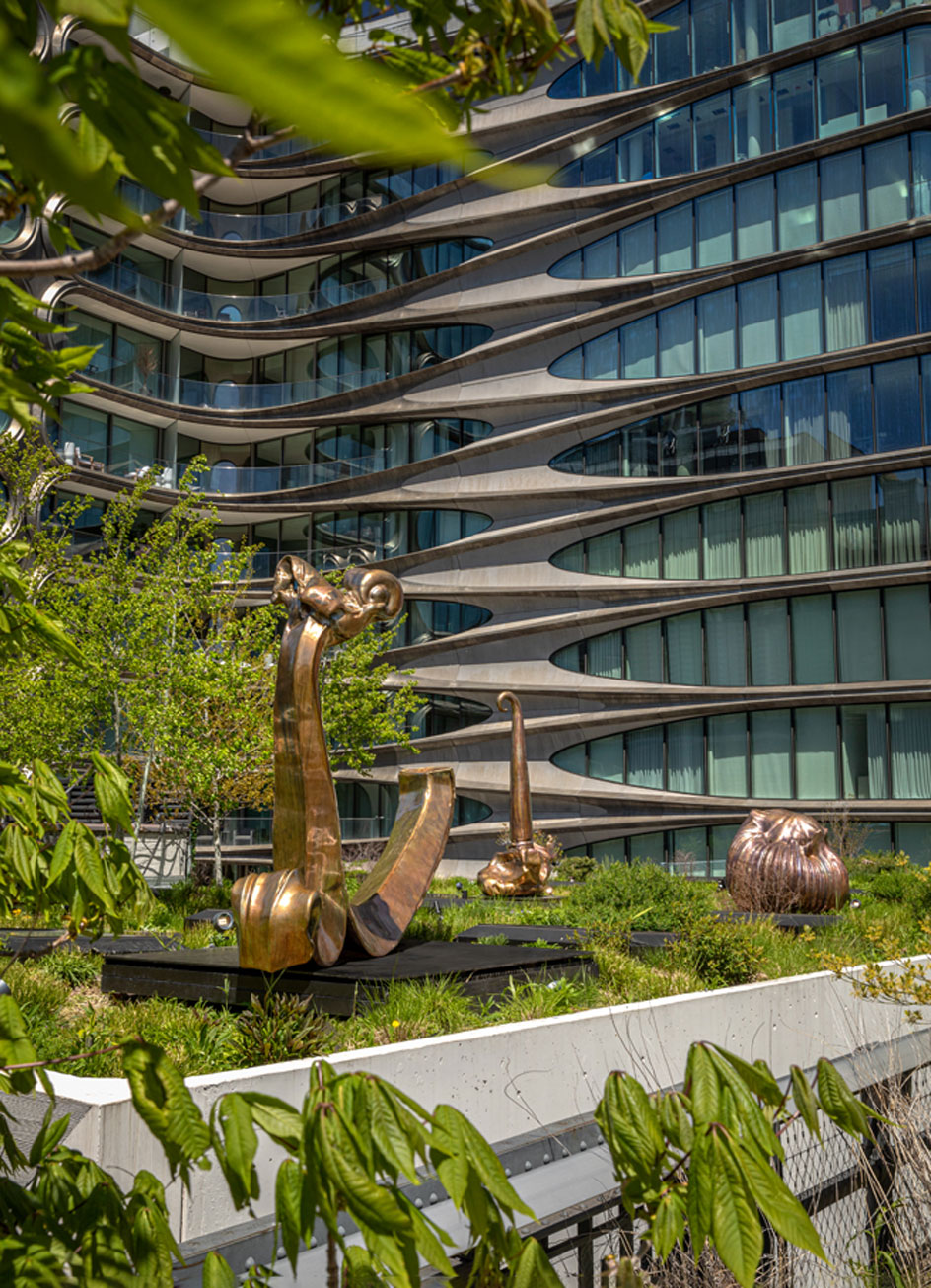
Top and above: Installation views of Alma Allen's exhibition in the Kasmin gallery sculpture garden.
Allen’s deep affinity with the natural world stems from a childhood spent in Utah, where proximity to the desert allowed him the chance to roam, whittle wood, and hand-carve stones that he stumbled upon. ‘The sculptures are often in the act of doing something: they are going away, or leaving, or interacting with something invisible,’ Allen has previously said. ‘Even though they seem static as objects, they are not static in my mind. In my mind, they are part of a much larger universe. They are interacting with each other as well, with works I made 20 years ago.’
Allen begins his process by instinctively hand-sculpting intimately scaled model clay or wax forms. It’s a gradual emergence as the artist works and reworks until each has a life of its own. The artist casts and finishes the sculptures at his own foundry, on site at his studio in the hills of Tepoztlán, Mexico.
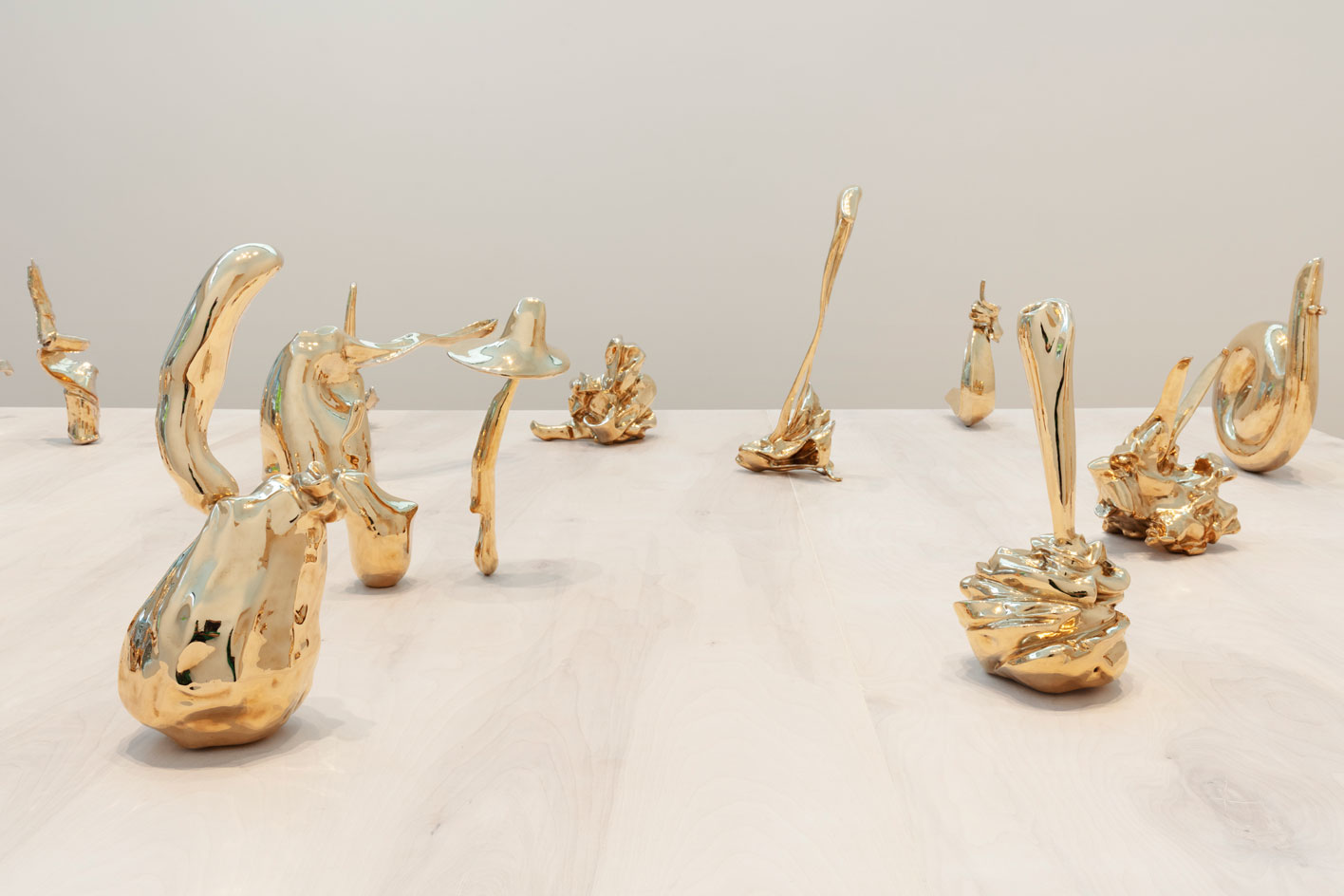
Installation view of Alma Allen's exhibition at Kasmin gallery's 514 West 28th Street location
The forms and shapes of Allen’s work are only half the story; a great deal exists on the surface. The artist’s expressive and tactile finishes involve welding smaller pieces together, brazing, polishing, and developing chemical patinas until surfaces almost resemble paintings, or even rippling landscapes.
Kasmin is in the process of imagining new ways to bring Allen’s sculpture to the public. The gallery is partnering with Membit, an augmented reality platform to create an ‘art anywhere’ experience. Through this, users are able to introduce a 3D image of one of Allen’s sculptures into their own environments, whether at home, a local wilderness, or in a public space.
Here, small-scale meets monumental, exhibiting the versatility and ambition of Allen’s work. Whether occupying the clean white walls of the gallery or reaching for the skyline in Kasmin’s urban garden, Allen’s sculptures feel very much at home.
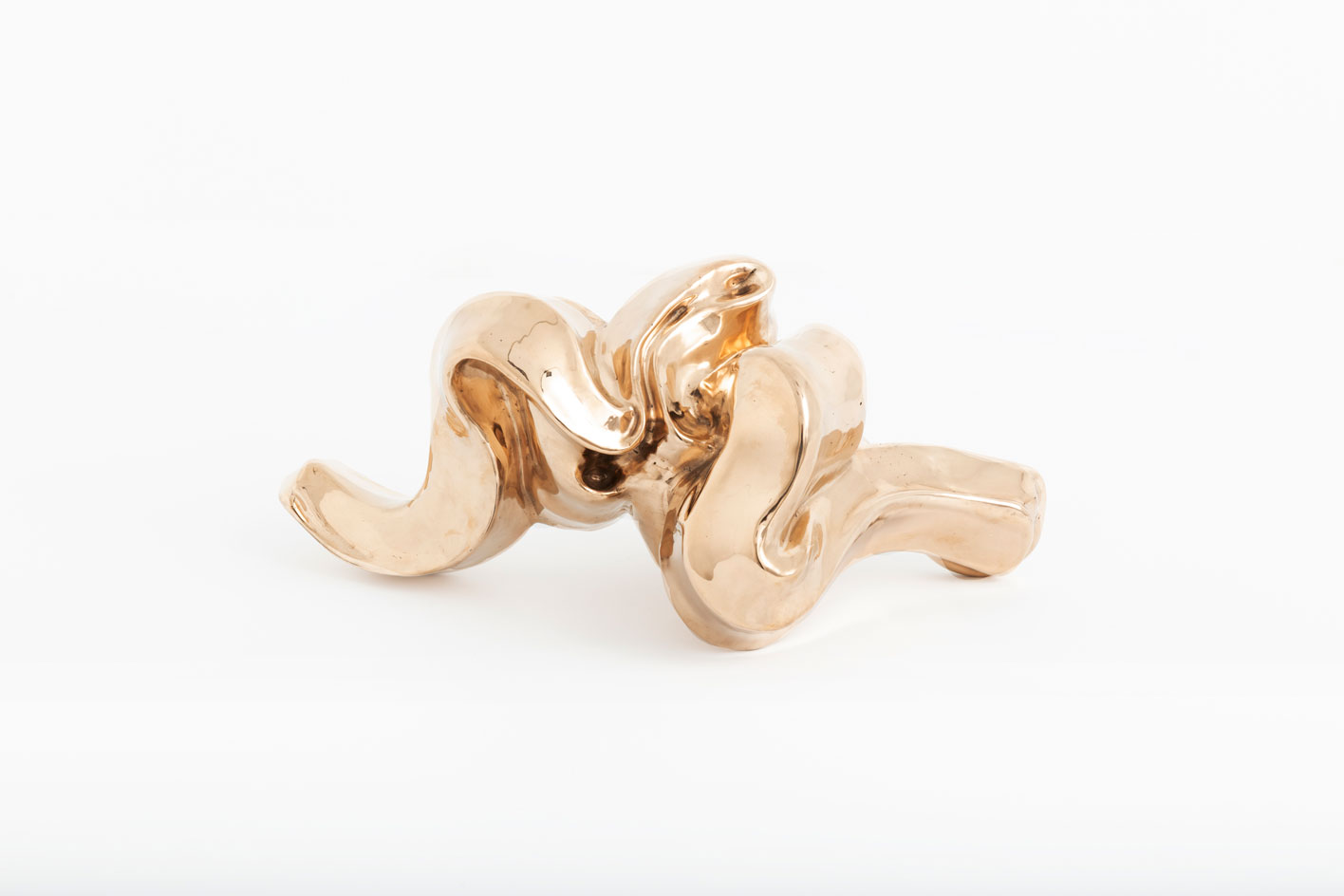
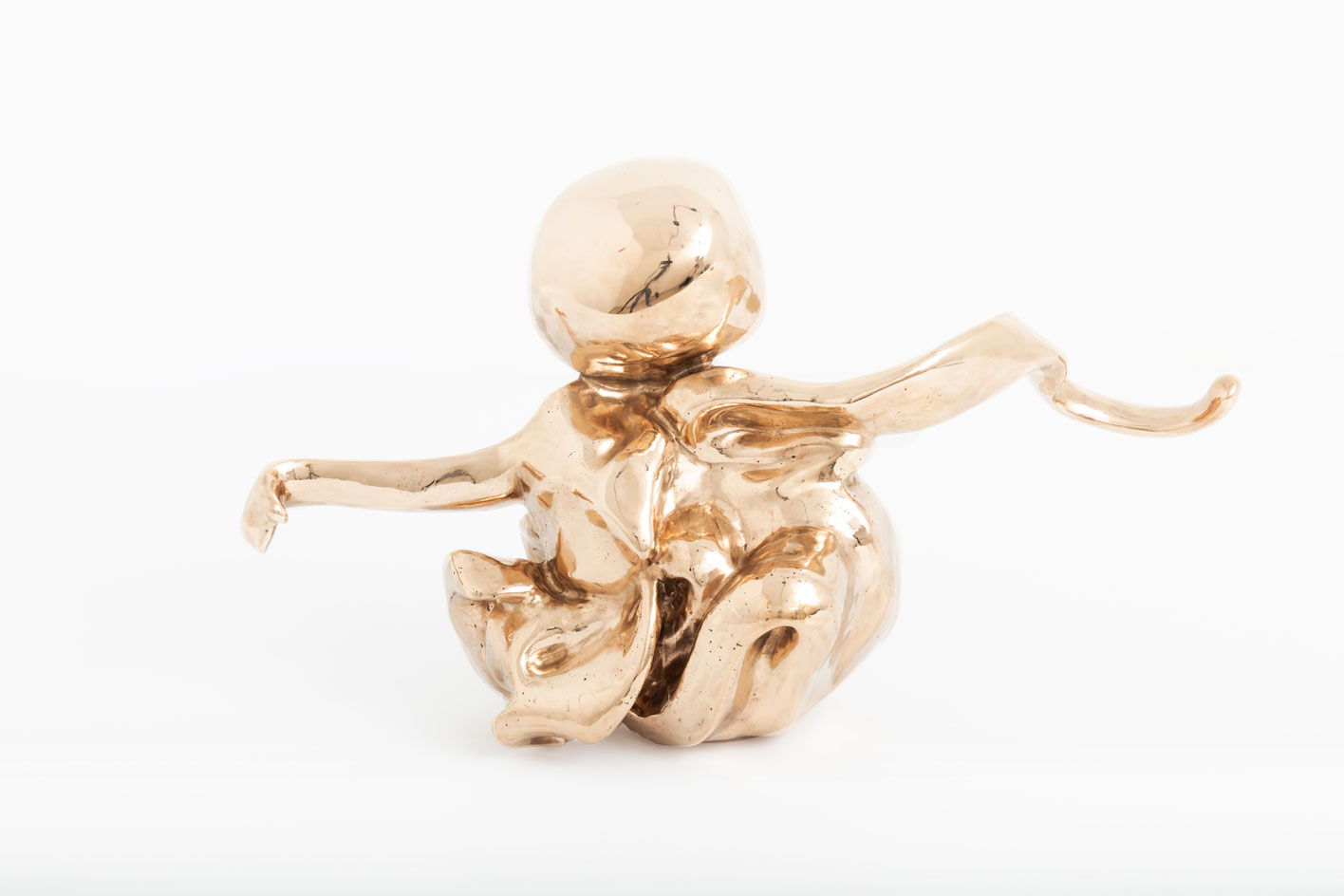
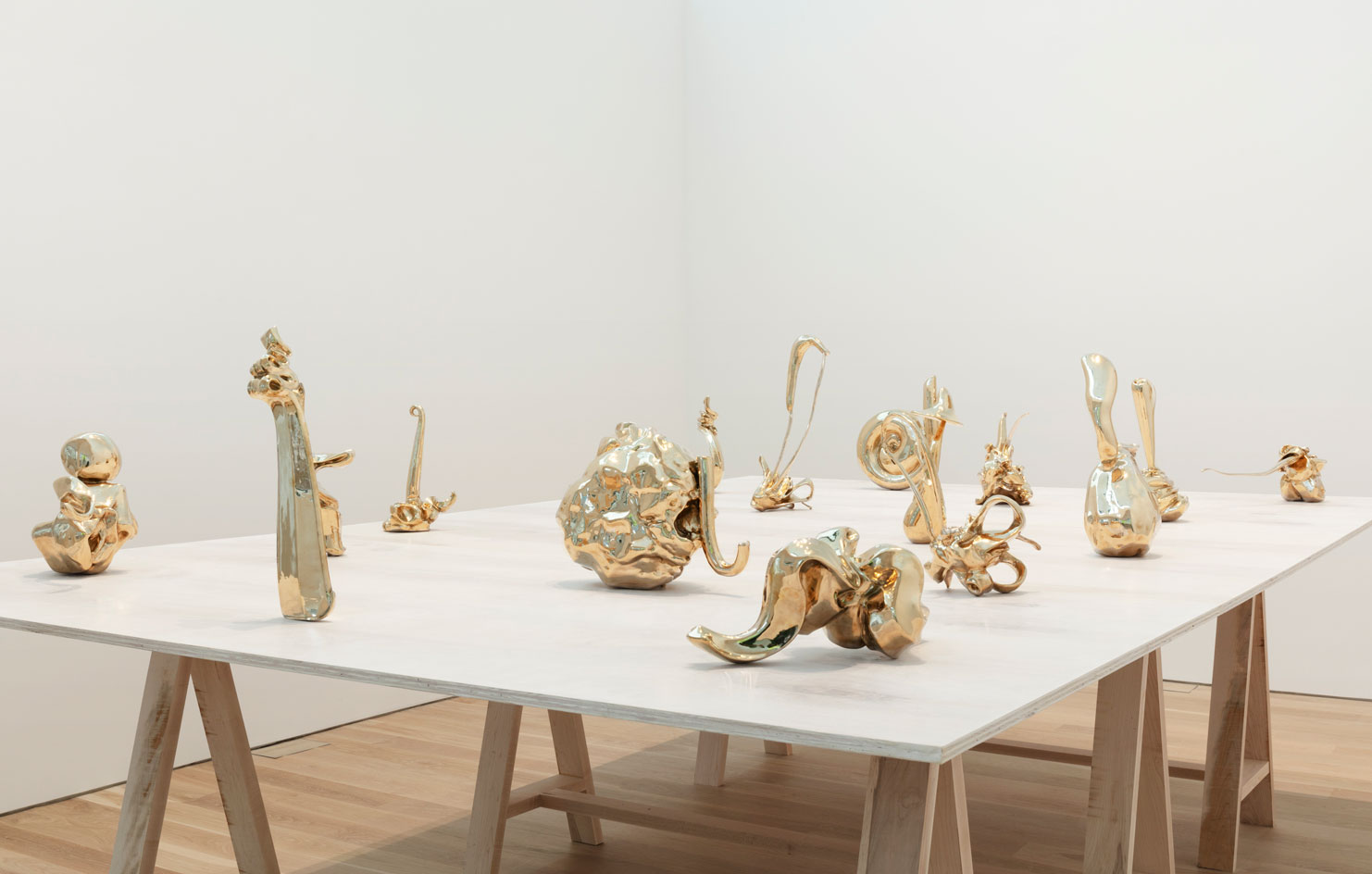
INFORMATION
Alma Allen’s exhibition at Kasmin Gallery, New York, runs until 13 August 2021
Receive our daily digest of inspiration, escapism and design stories from around the world direct to your inbox.
Harriet Lloyd-Smith was the Arts Editor of Wallpaper*, responsible for the art pages across digital and print, including profiles, exhibition reviews, and contemporary art collaborations. She started at Wallpaper* in 2017 and has written for leading contemporary art publications, auction houses and arts charities, and lectured on review writing and art journalism. When she’s not writing about art, she’s making her own.
-
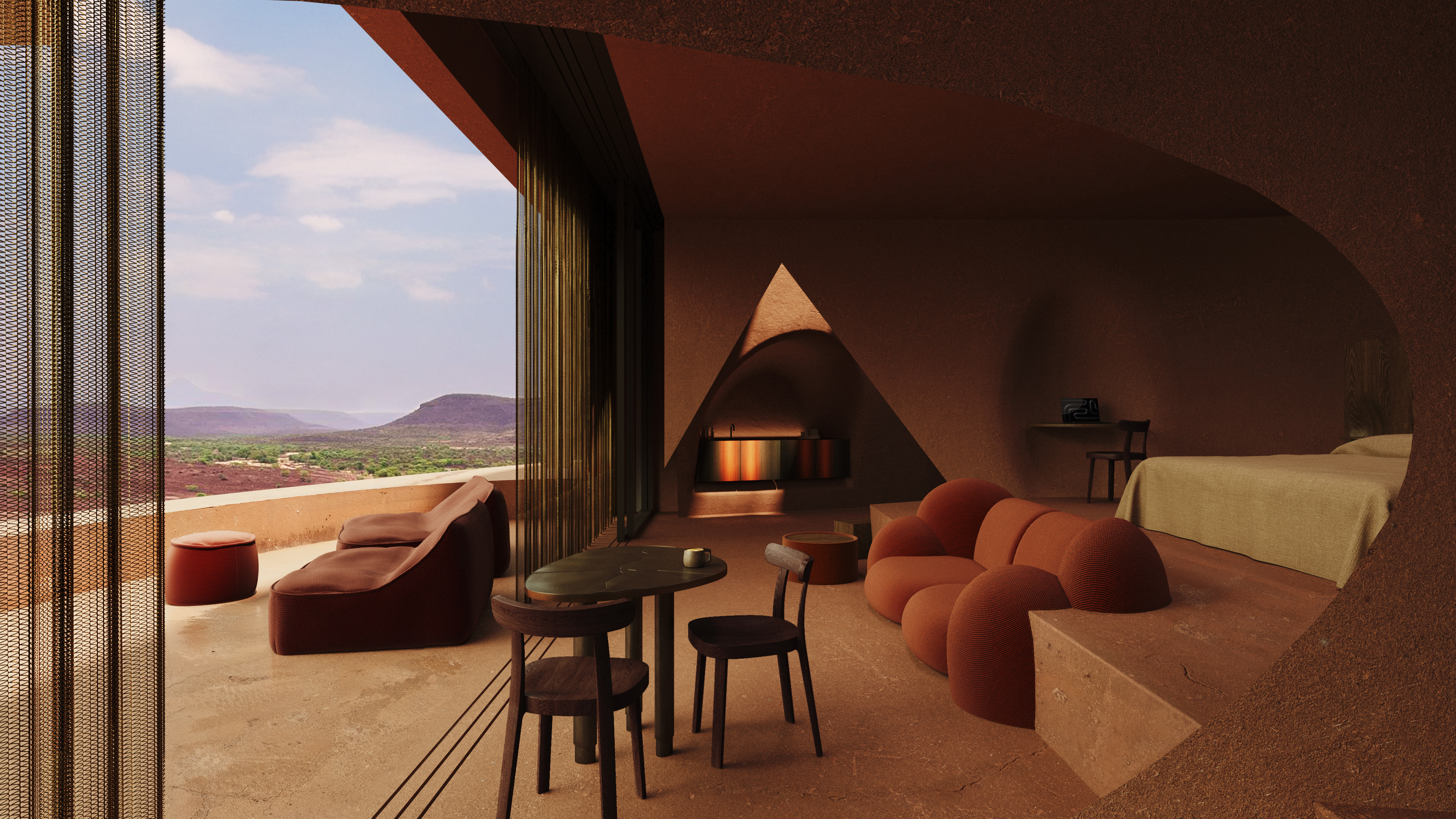 The most anticipated hotel openings of 2026
The most anticipated hotel openings of 2026From landmark restorations to remote retreats, these are the hotel debuts shaping the year ahead
-
 Is the future of beauty skincare you can wear? Sylva’s Tallulah Harlech thinks so
Is the future of beauty skincare you can wear? Sylva’s Tallulah Harlech thinks soThe stylist’s label, Sylva, comprises a tightly edited collection of pieces designed to complement the skin’s microbiome, made possible by rigorous technical innovation – something she thinks will be the future of both fashion and beauty
-
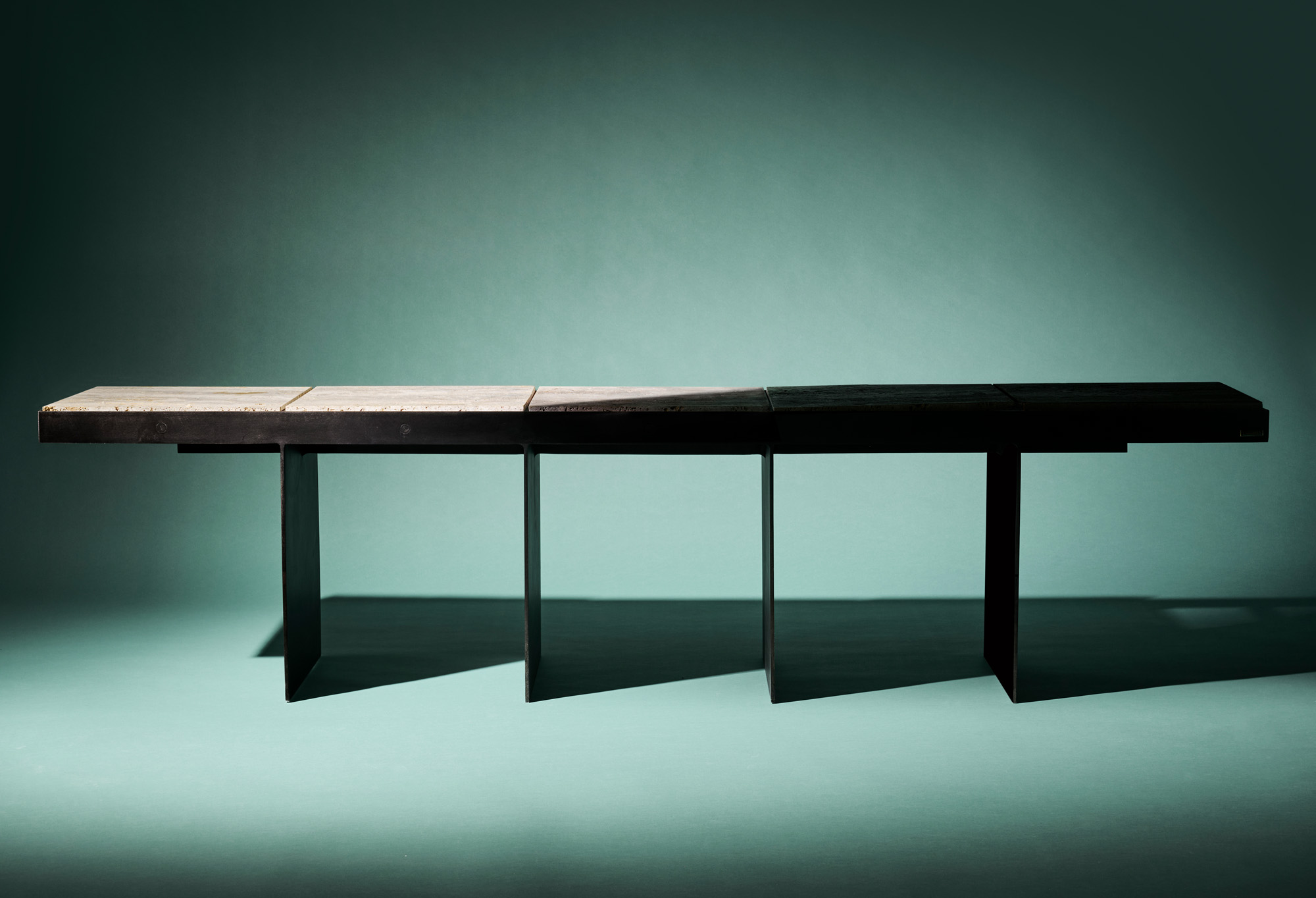 A resort, ravioli and a rocket are just a few of the ongoing projects from British-Indian designer Armaan Bansal
A resort, ravioli and a rocket are just a few of the ongoing projects from British-Indian designer Armaan BansalWallpaper* Future Icons: Anda Ba studio founder Armaan Bansal draws inspiration from India's natural materials and contemporary London culture
-
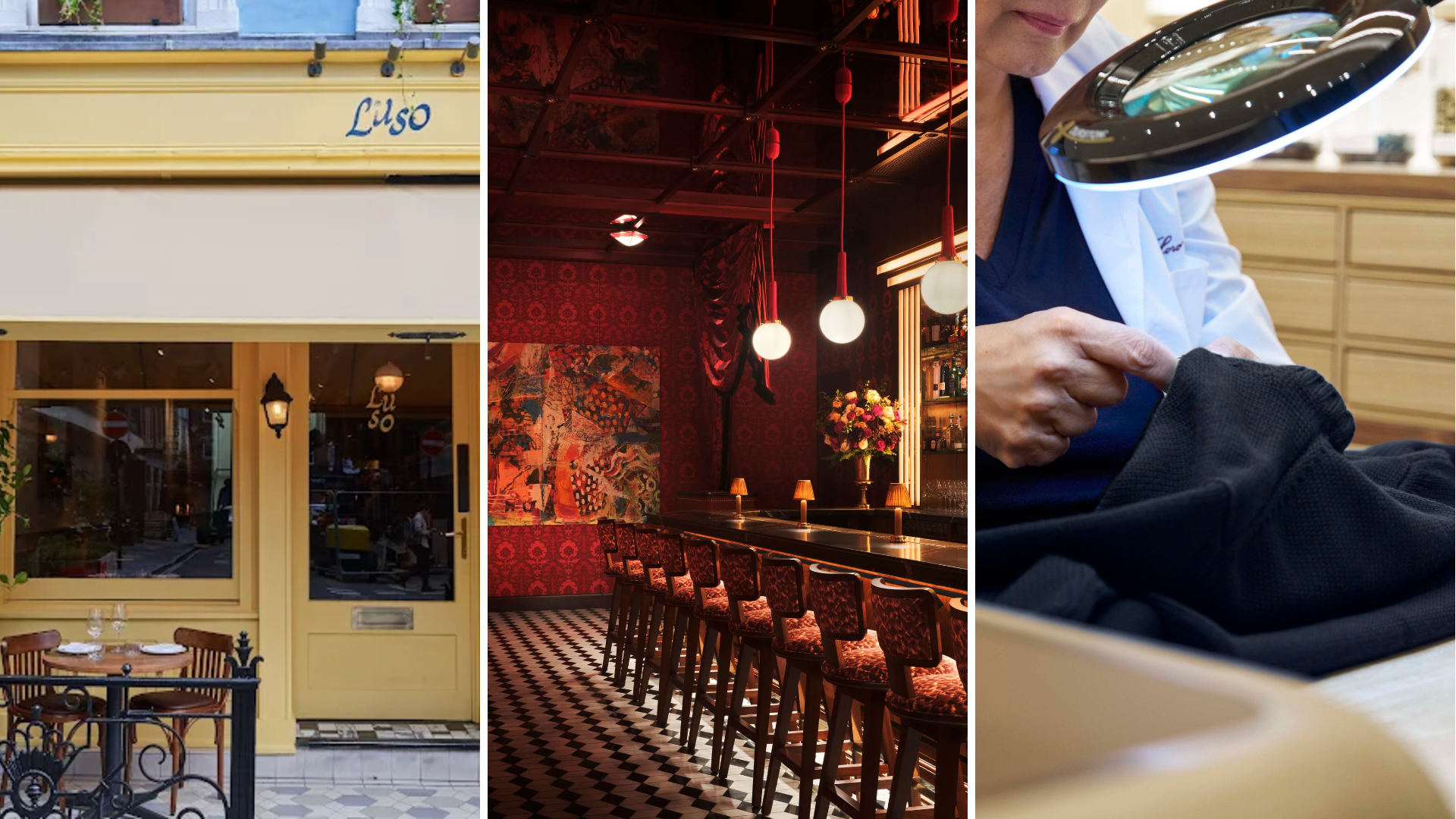 Out of office: The Wallpaper* editors’ picks of the week
Out of office: The Wallpaper* editors’ picks of the week'Tis the season for eating and drinking, and the Wallpaper* team embraced it wholeheartedly this week. Elsewhere: the best spot in Milan for clothing repairs and outdoor swimming in December
-
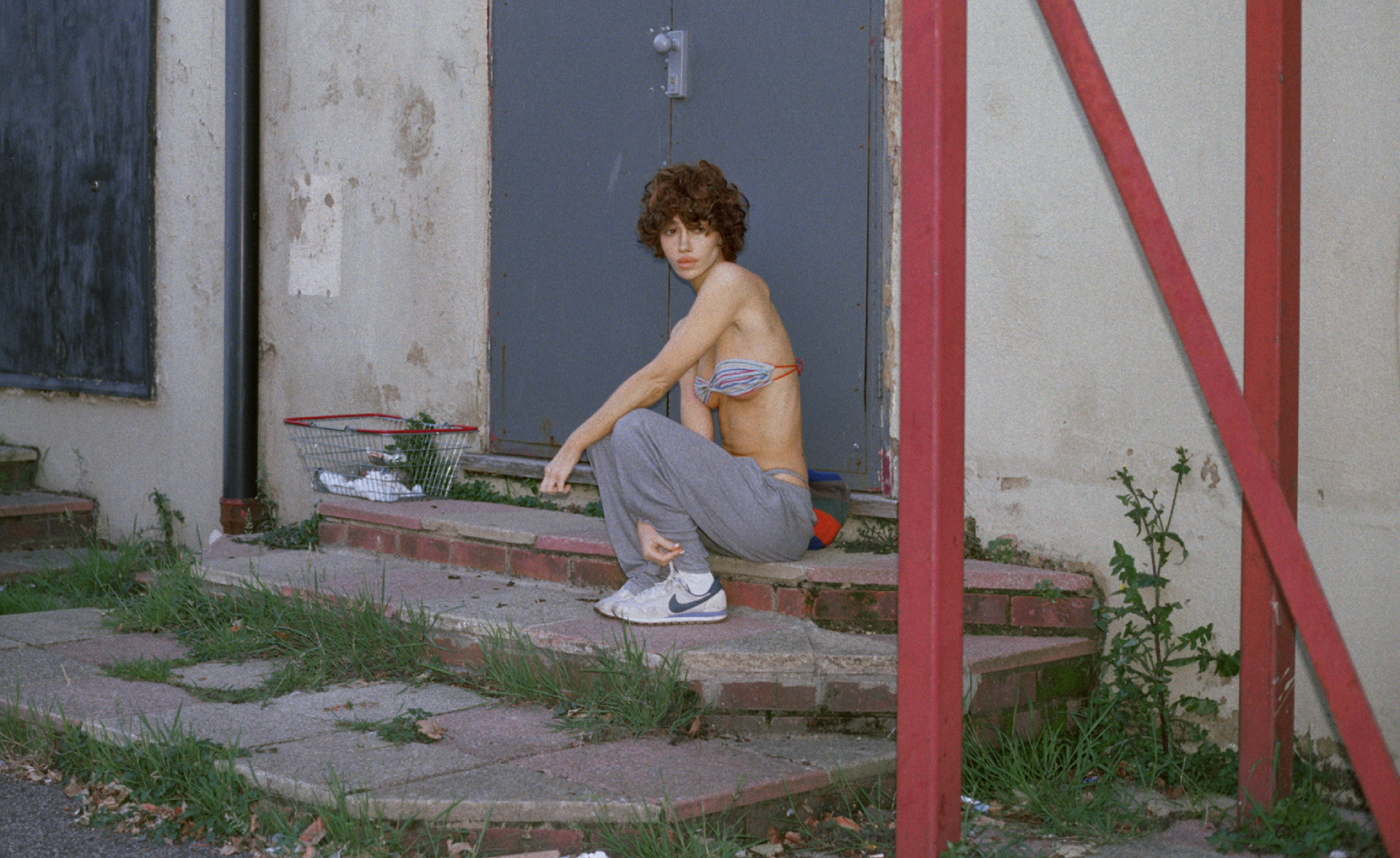 Nadia Lee Cohen distils a distant American memory into an unflinching new photo book
Nadia Lee Cohen distils a distant American memory into an unflinching new photo book‘Holy Ohio’ documents the British photographer and filmmaker’s personal journey as she reconnects with distant family and her earliest American memories
-
 Out of office: The Wallpaper* editors’ picks of the week
Out of office: The Wallpaper* editors’ picks of the weekIt’s been a week of escapism: daydreams of Ghana sparked by lively local projects, glimpses of Tokyo on nostalgic film rolls, and a charming foray into the heart of Christmas as the festive season kicks off in earnest
-
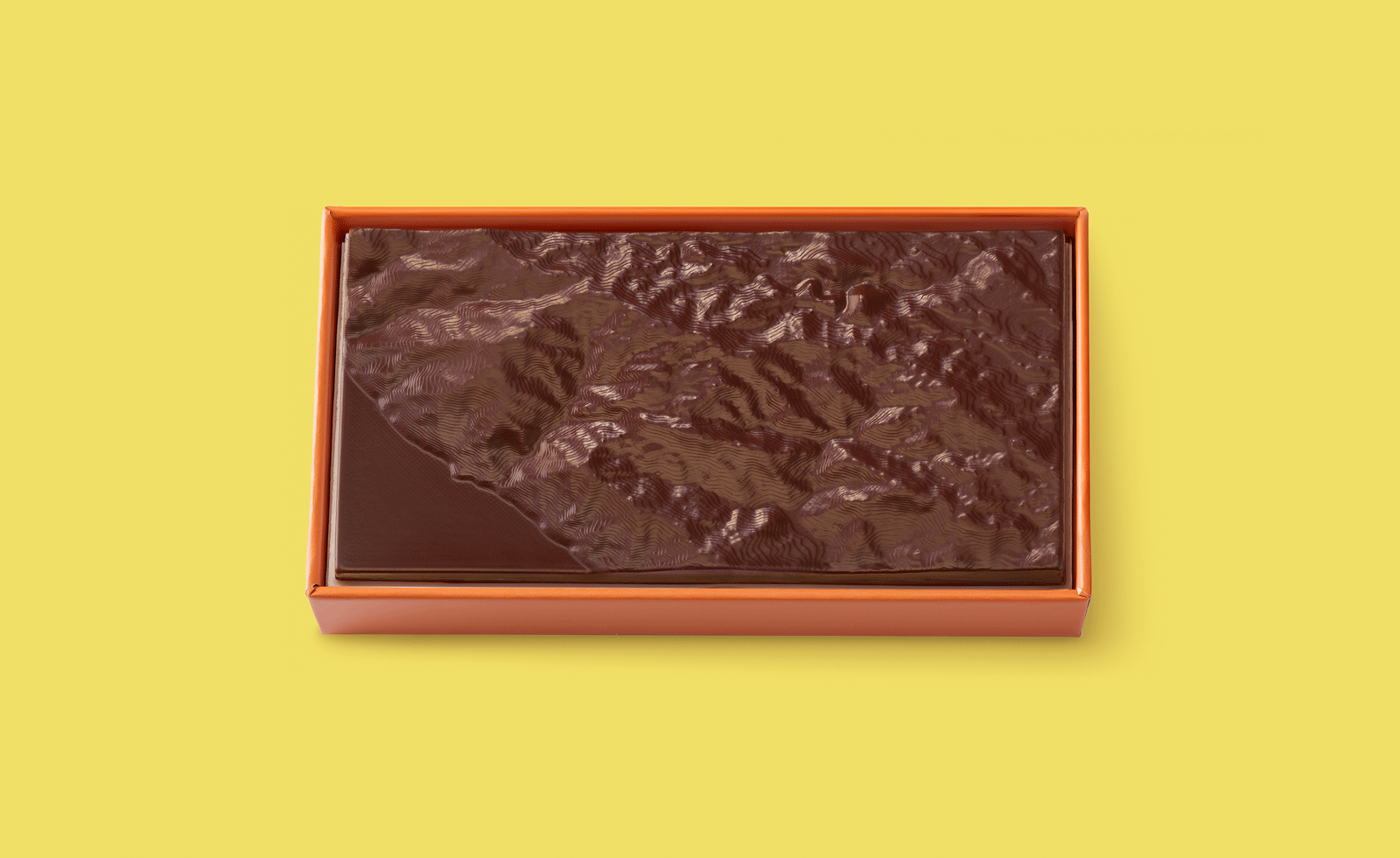 Ed Ruscha’s foray into chocolate is sweet, smart and very American
Ed Ruscha’s foray into chocolate is sweet, smart and very AmericanArt and chocolate combine deliciously in ‘Made in California’, a project from the artist with andSons Chocolatiers
-
 Inside the work of photographer Seydou Keïta, who captured portraits across West Africa
Inside the work of photographer Seydou Keïta, who captured portraits across West Africa‘Seydou Keïta: A Tactile Lens’, an exhibition at the Brooklyn Museum, New York, celebrates the 20th-century photographer
-
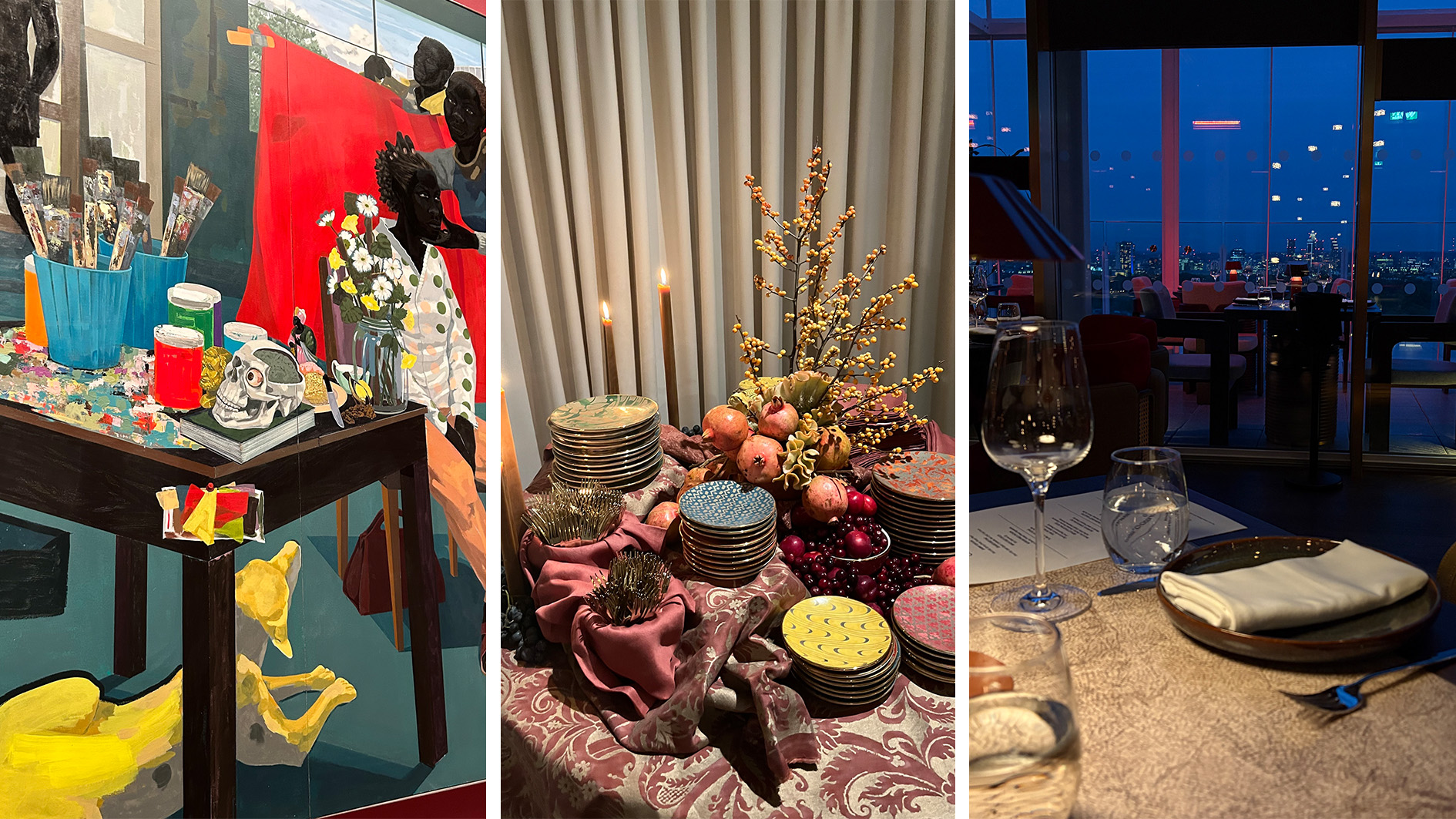 Out of office: The Wallpaper* editors’ picks of the week
Out of office: The Wallpaper* editors’ picks of the weekFrom sumo wrestling to Singaporean fare, medieval manuscripts to magnetic exhibitions, the Wallpaper* team have traversed the length and breadth of culture in the capital this week
-
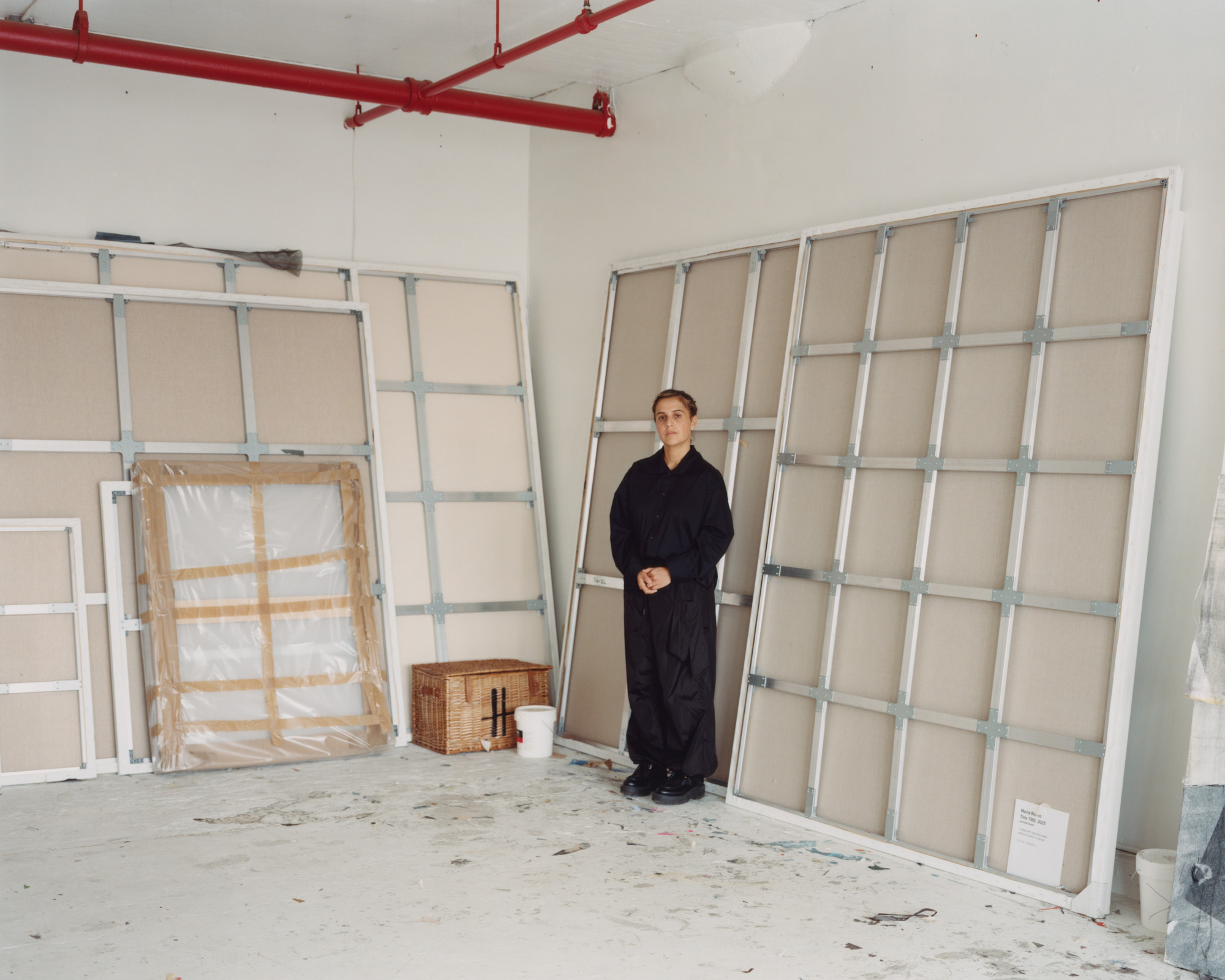 María Berrío creates fantastical worlds from Japanese-paper collages in New York
María Berrío creates fantastical worlds from Japanese-paper collages in New YorkNew York-based Colombian artist María Berrío explores a love of folklore and myth in delicate and colourful works on paper
-
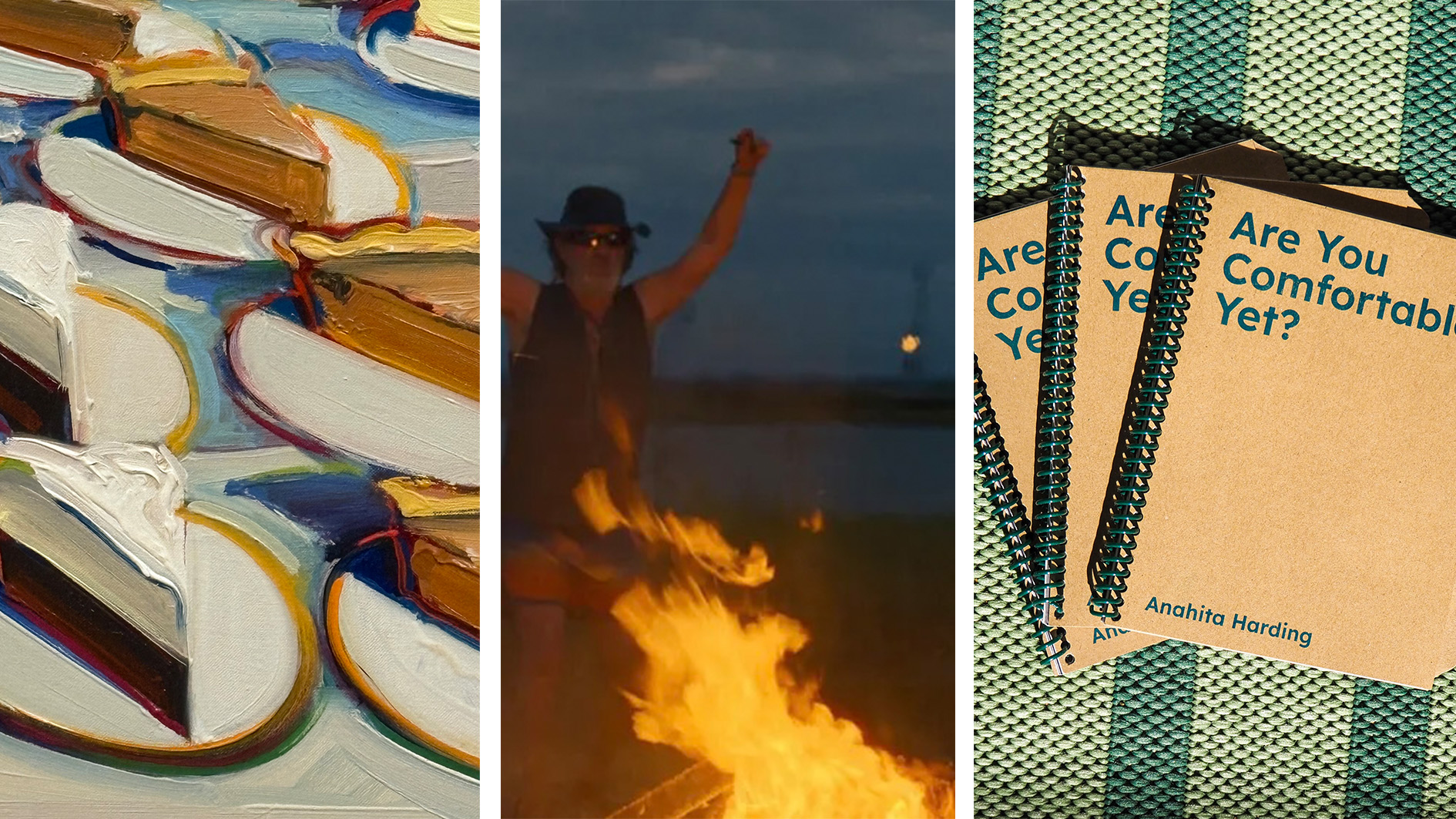 Out of office: the Wallpaper* editors’ picks of the week
Out of office: the Wallpaper* editors’ picks of the weekAs we approach Frieze, our editors have been trawling the capital's galleries. Elsewhere: a 'Wineglass' marathon, a must-see film, and a visit to a science museum